Ideas that help marketers do better and be better. Subscribe here. Check out my other essays on marketing here.


Juicero was a $400 wifi-enabled machine that squeezed juice out of packets into a glass.
The bad news? Investors are so eager to fund anything (bad ideas), that Juicero raised $120 million.
The good news? Our opposable thumbs and finger strength. Juicero shut down fast.
If we’re not answering the right questions, we’re destroying value. Yet, asking the right questions is so difficult.
Difficult because we think we know more than we actually do. If we did, we would not struggle to answer our kids’ questions. Kids start from ground zero - they ask fundamental questions. How does the radio work? Why is water wet? How does the internet work? What is God? Why is God?
But as they grow into full-size people, they lose this superpower - curiosity.
That’s because we are incentivized to provide answers, not ask questions. At school, we are scored by how well we answer questions, not ask them. Even worse, we are told that there is only one correct answer.
At work, every conversation is a race towards answers. The hare-brained are promoted more, while the tortoise-minds are written off as dull.
In fact, in some places, asking too many questions is looked upon as a sign of insubordination.
Finally, we are encouraged even less, to ask nonlinear questions. If we fail while following conventional ideas we are forgiven. But our careers take a beating if we fail while trying out a radical idea.
Today’s edition shares examples of powerful questions (and what makes them powerful), that have or could have changed trajectories.
Be corkscrew thinkers
Question assumptions
Widen the perspective
Differentiate symptoms from the root cause
Focus on what can be controlled
Make the enemy a friend
1. Be Corkscrew thinkers
During the Second World War, instead of stating the obvious, Winston Churchill gave an interesting twist to the problem.
Corkscrew thinkers shatter the shackles of conventional, linear thinking and have a creative take on a problem.
Why this is a good question:
It contains the solution
It is unobvious and sees what others don’t
It forever changes the way we see the world
It’s good copywriting - the word ‘corkscrew’ is distinctive and sticky
And then what happened?
Churchill wanted to make corkscrew thinkers his secret weapon. Because he believed that both sides were matched and were thinking in the same predictable ways, at best, the war would stretch on with no end in sight. (Sort of like the Ukraine war).
This team of thinkers gave many radical solutions to the Allies - e.g. Turing cracked the ‘Enigma Code’, which is said to have led to The Allies winning the Battle of the Atlantic.
But my favorite story is of the pretend dead soldier.
The Allies were planning to enter Germany from Sicily and they wanted to fool the Germans into thinking that the attack would come from elsewhere. So they got the dead body of a laborer who’d died from eating rat poison. They carefully made up the body to look like a soldier fallen in an air crash and planted false papers and ‘secret’ information that they were planning to enter from Greece.
The Germans fell for it and left Sicily undefended. It is said that this event gave The Allies a strong headstart in the war.
The marketing world is a lot like this. Strategies and products are largely similar, and so corkscrew thinking becomes an unfair advantage in the sea of sameness.
Two of my all-time favorite examples from Coca-Cola that need no explanation are.
2. Question assumptions
A team at Motorola was asked to invent the next generation of car telephones. The team leader could have jumped immediately into project management mode. Instead, he got curious.
Why this is a good question:
It keeps the product out and focuses on the consumer problem
It starts with first principles and does not take anything for granted
It opens up a market for dormant inventions
And then what happened?
This question changed the trajectory of mobile phones. The team built DynaTAC 8000X, which would become the first cell phone prototype.
I have no doubt that in an alternate reality, the team would have built an excellent car phone and been remembered as pioneers. But as Peter Drucker said, “There’s nothing more dangerous than the right answer to the wrong question”. By changing the question, the team not only spawned a whole new industry but also changed how all of mankind communicates and connects.
3. Widen the perspective
Passengers at an airport were complaining that it took way too long for their baggage to arrive after they landed.
The airport authorities tried to speed up the unloading by putting more people on the job or getting more vehicles to travel back and forth. But as much as they tried, they could not bring down the time from the ~8 min it took.
So they reverse-engineered the problem itself.
They redesigned the airport so passengers walked through shops and restaurants and took 8-10 minutes to reach the baggage turnstile.
Why this is a good question:
It does not get caught up in the noise of complaints but looks beyond
It gets creative and does not accept the status quo - I mean redesigning an entire arrival terminal is brave
It not only solves an existing problem but also creates new revenue streams
4. Differentiate symptoms from root cause
Hotel guests complained that the elevators were slow. Instead of rushing to replace or repair the elevators, which would have taken time and money, the hotel staff took a different approach.
Why this is a good question:
it differentiates symptoms from causes. Very often, what we think is the real problem, often isn't. It’s just a symptom of the real problem.
And then what happened?
The hotel installed mirrors which kept the guests busy and the complaints stopped.
5. Focus on what can be controlled
In a Kanpur Gunpowder Factory, workers wore anti-static shoes to prevent static electricity from shoes setting off the ammunition lying around.
These shoes were costly and not hardy enough to withstand everyday usage. But still, workers regularly walked out of the factory wearing them, leading to huge replacement costs.
The factory owners shifted their focus to what they could control - the shoes.
Why this is a good question:
It understands that innate behaviors don’t change
It shifts the focus to parts that can be controlled i.e. the shoes themselves
And then what happened?
They made all the right shoes in black and all the left shoes in white. Obviously, no one wore them outside the factory again.
6. Make the enemy a friend
We know about The Titanic and the deadly iceberg.
Had the crew reframed the iceberg, not as a death knell for the ship, but as a floatation device, more passengers may have been saved (706 out of 2,200 survived).
The iceberg was large- 400ft. The 12 lifeboats could have ferried people to the iceberg, where they could have waited until rescue.
What’s sad is that this was not a new idea at that time. 60 years before, passengers aboard The Hannah clambered onto an ice floe (a large body of ice). Sadly, 49 died of the cold or drawing, but 127 were rescued.
Hope you liked reading this. One request. Hit reply on this email to prevent future emails from going into spam. And of course, I always love to hear from you.
See you next time.






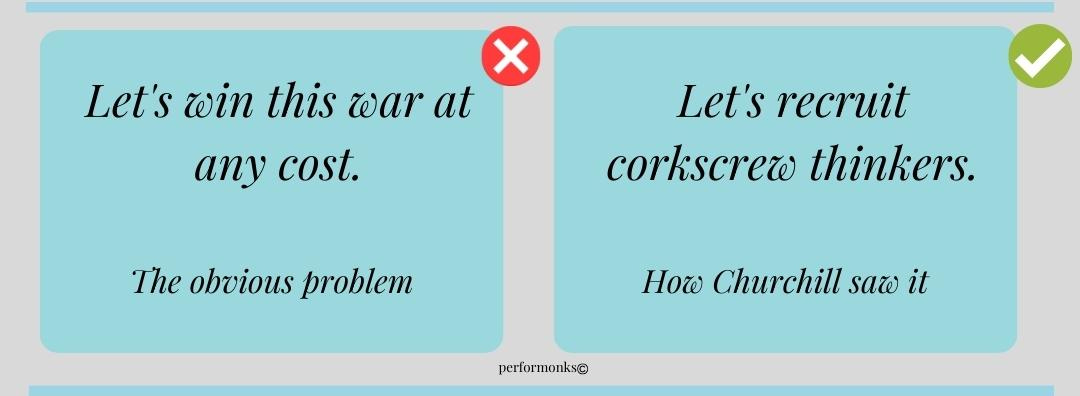

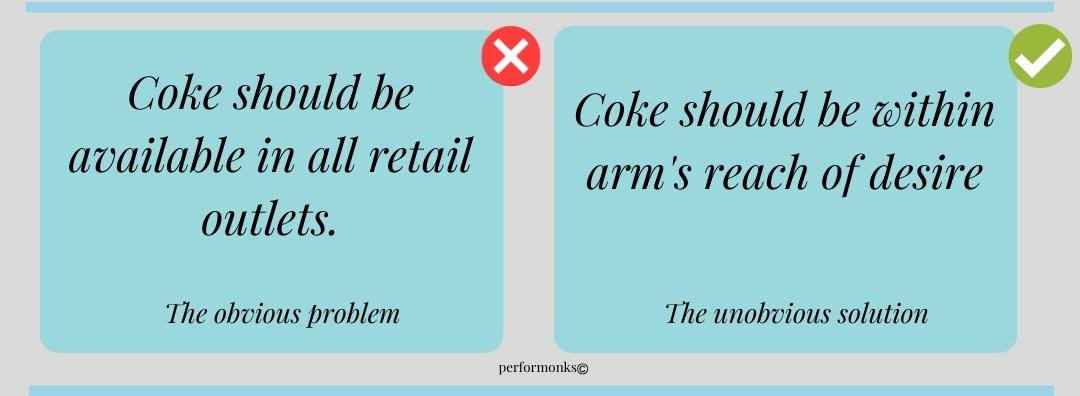
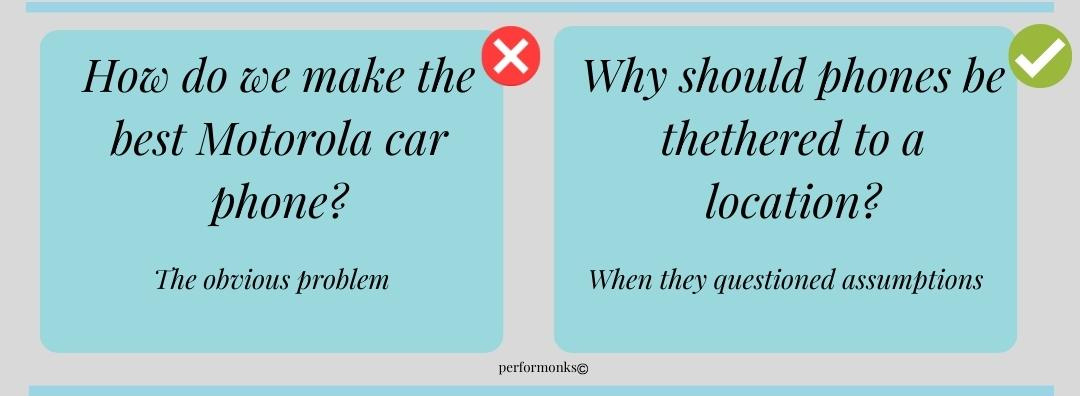
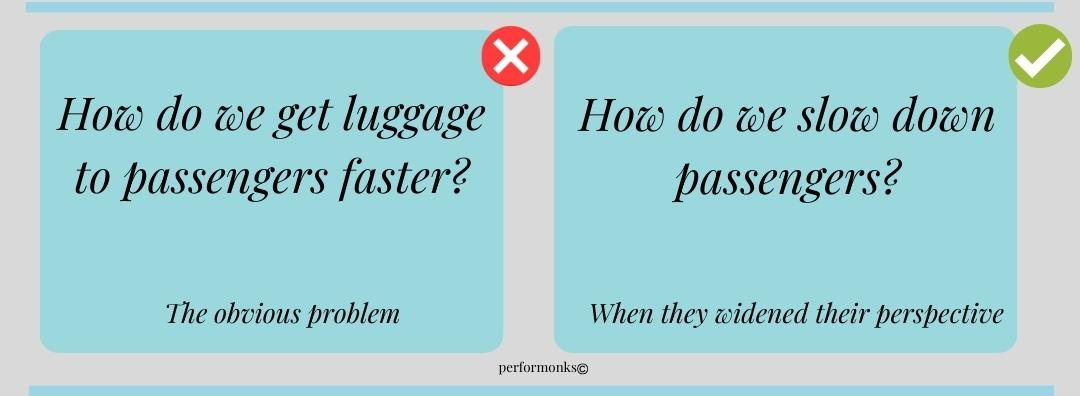
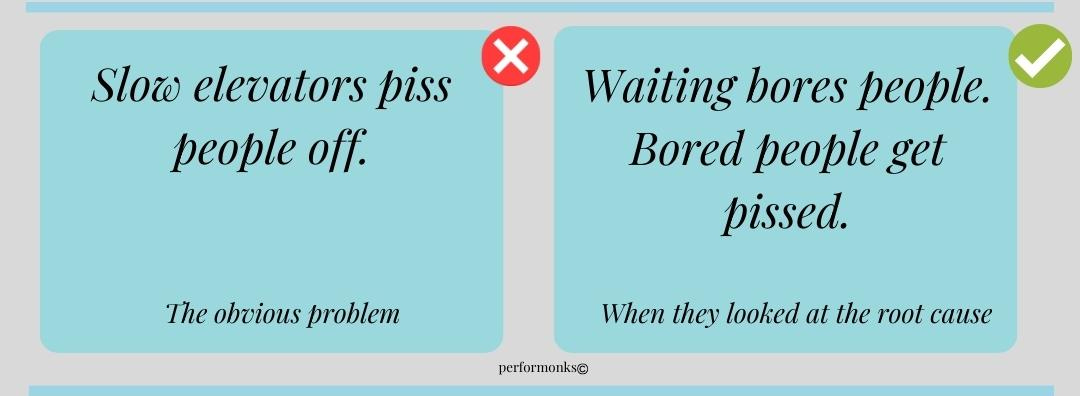
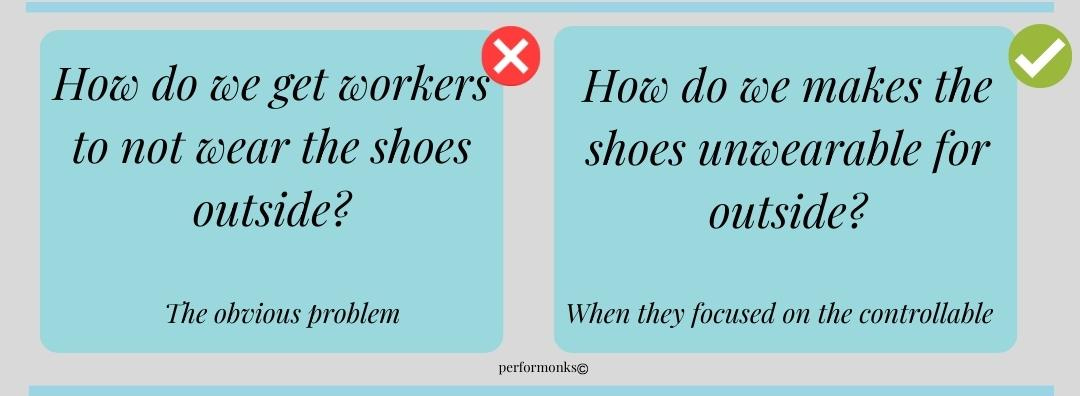

I don’t know how to thank you for these wonderful gems. No university will tell us these things in an interesting way. You are awesome Rashi 😃😃😃😃❤️❤️❤️❤️❤️ many congratulations again. Thank you for teaching without teaching. See you soon.